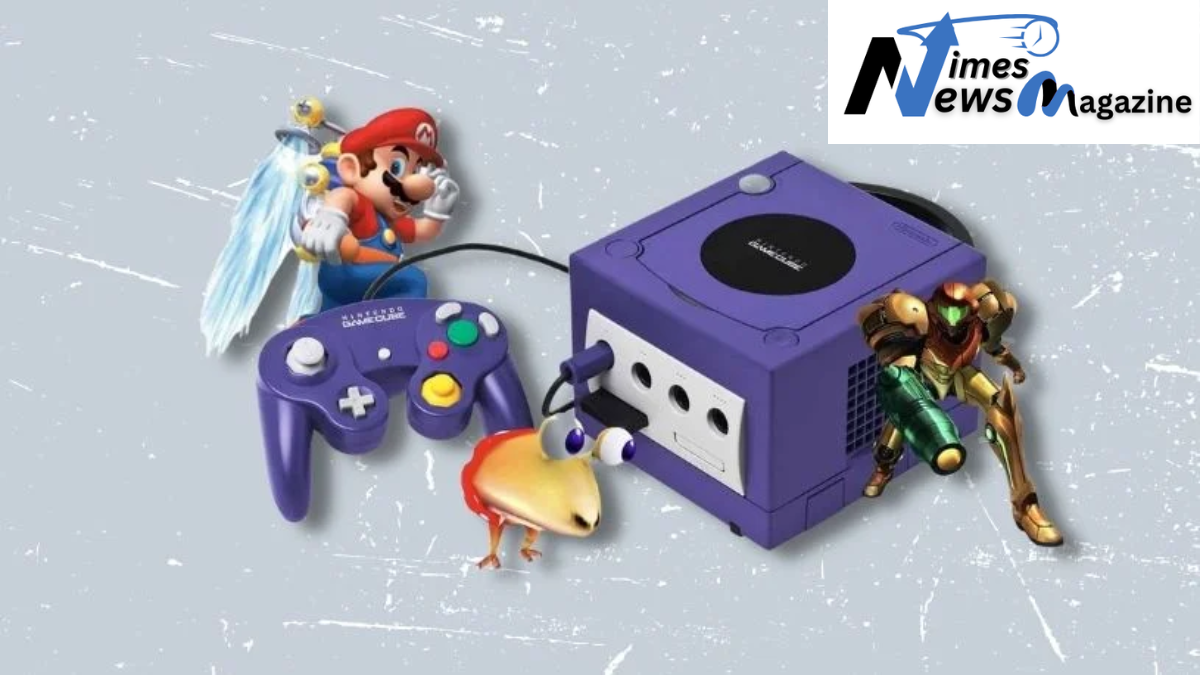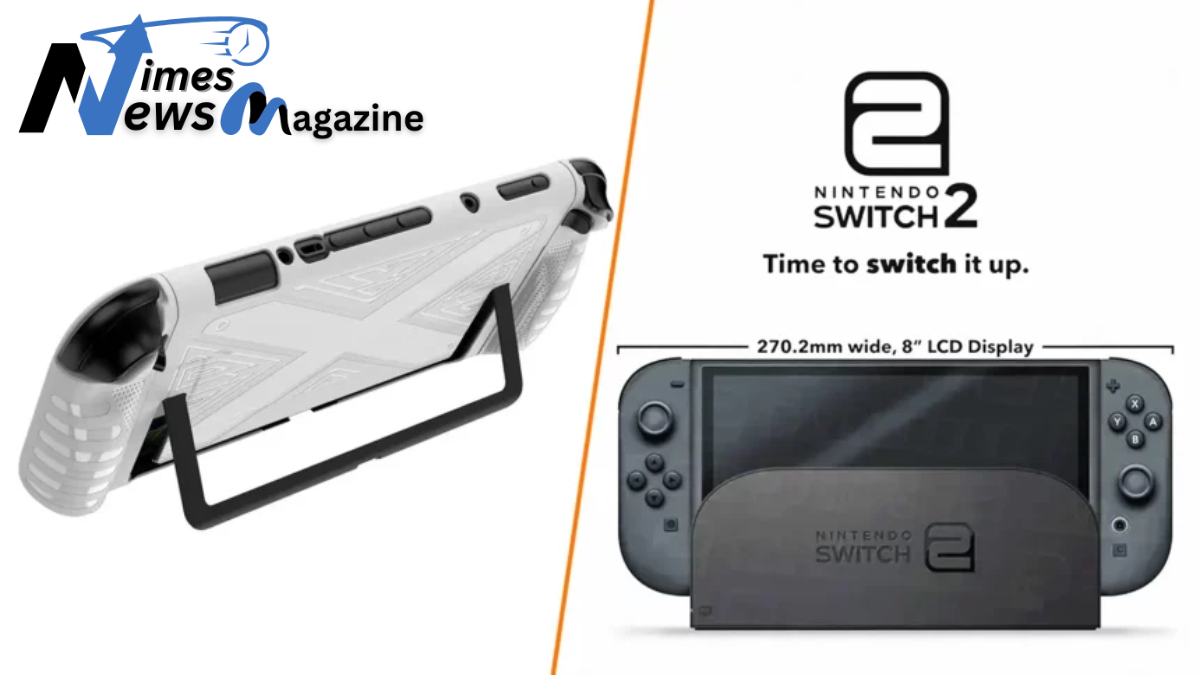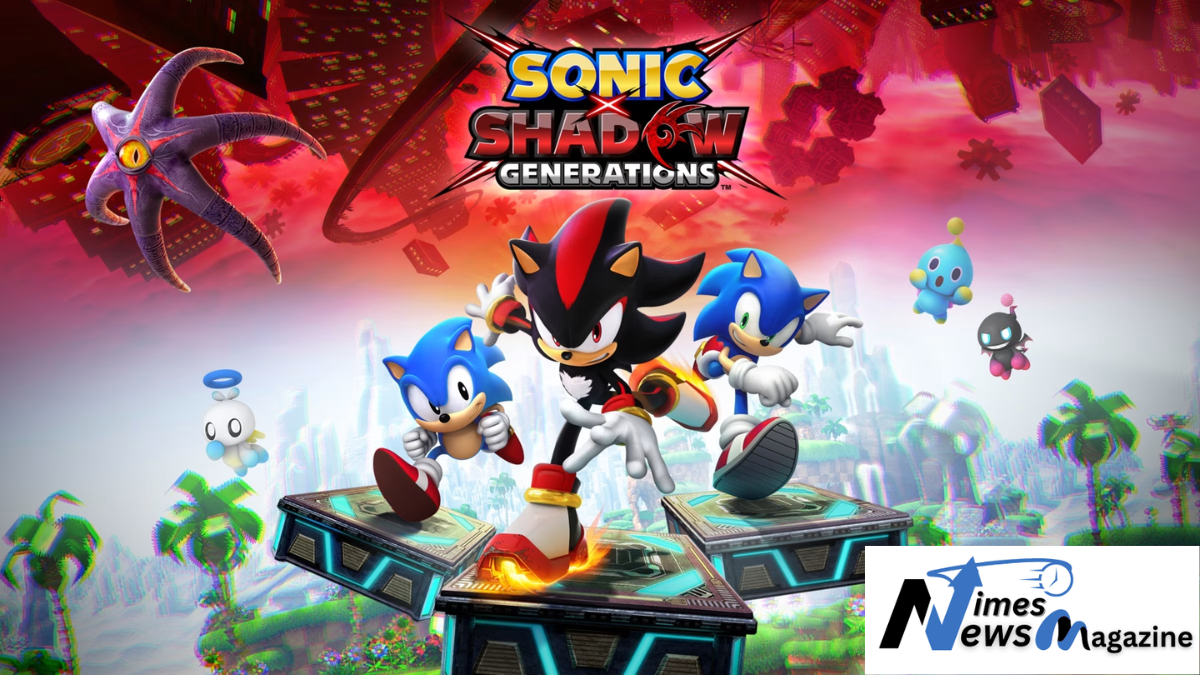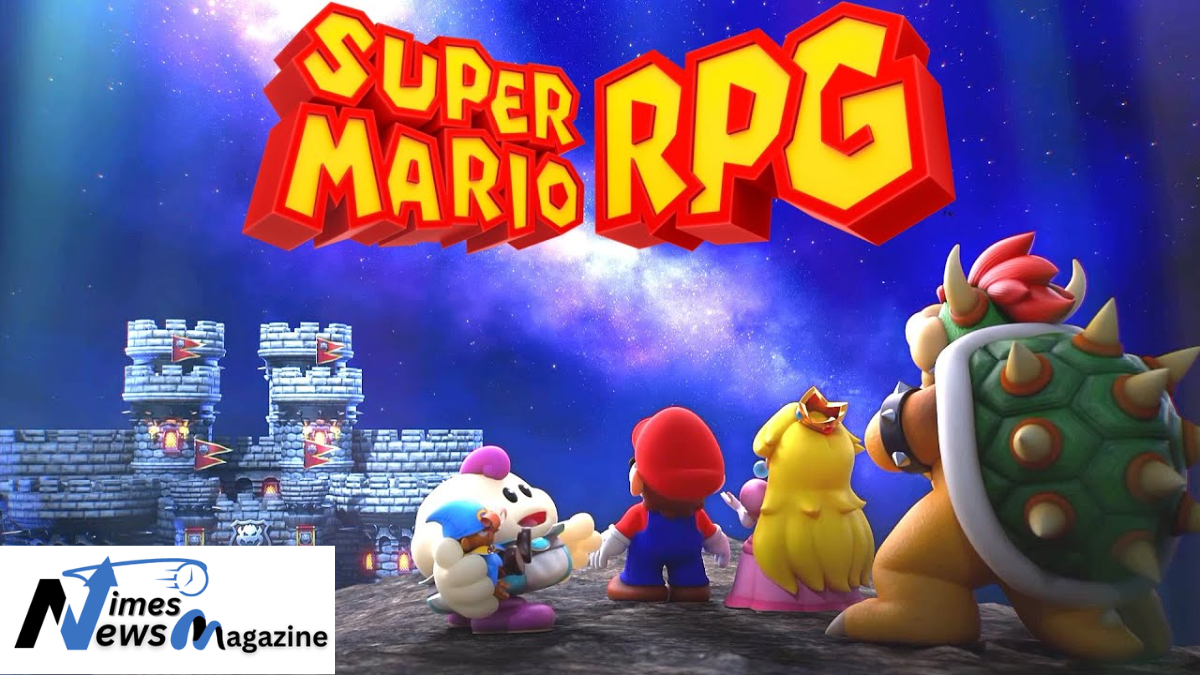Table of Contents
The GameCube is one of Nintendo’s game cube most iconic consoles, yet it often flies under the radar compared to its more famous siblings like the NES, SNES, or even the Wii. Despite this, it carved out a unique place in gaming history, offering some of the most beloved titles, an innovative controller, and a distinct design that set it apart from other consoles game cube of its time.
Though it faced stiff competition, the GameCube developed a loyal fanbase that continues to celebrate its games, hardware, and impact on the gaming industry. From its unique game cube mini-disc format to its unforgettable lineup of exclusives, this console remains a treasured piece of gaming history.
The Origin and Design of Game Cube
The development of the GameCube marked a significant shift for Nintendo. The company was moving away from the cartridge format that had defined its previous consoles, embracing optical discs to keep up with the industry’s evolving game cube technology.
Unlike the bulky designs of other consoles, the GameCube had a sleek, compact, and colorful aesthetic. It featured a distinctive cube shape with a carrying handle, making it one of the most portable home consoles ever created. This bold design choice reflected Nintendo’s commitment to fun and accessibility.
The Controller: A Perfect Fit for Any Gamer
Nintendo has always been known for its innovative controllers, and the GameCube controller was no exception. It introduced a comfortable ergonomic design that felt natural in the hands of players.
The button layout was unique, featuring a large A button at the center, surrounded by smaller B, X, and Y buttons. This design made it easy to access essential game cube controls without confusion. The inclusion of analog triggers and the C-stick added depth to gameplay, making it a favorite among competitive and casual gamers alike.
A Strong Library of Exclusive Games
One of the biggest strengths of the GameCube was its library of exclusive titles. Nintendo delivered some of its best games during this era, ensuring that fans had plenty of memorable game cube experiences.
The system saw the debut of groundbreaking titles that pushed the boundaries of gameplay and storytelling. From platformers to RPGs and multiplayer party games, the GameCube had something for everyone. Even years later, many of its games are still considered some of the best in gaming history.
The Impact of Super Smash Bros. Melee
With an impressive roster of characters, deep mechanics, and fast-paced action, Melee quickly became a competitive gaming staple. Even today, it has a game cube dedicated esports community that continues to host tournaments worldwide, proving the lasting impact of this legendary fighting game.
The Evolution of The Legend of Zelda on GameCube
The GameCube was home to some of the most ambitious Zelda games, each bringing something unique to the franchise. The Legend of Zelda: The Wind Waker introduced a cel-shaded art style that initially divided fans but has since become one of the most beloved visual styles in game cube the series.
Beyond its aesthetics, Wind Waker offered an expansive open world, compelling characters, and a gripping narrative. The GameCube also housed The Legend of Zelda: Twilight Princess, a darker and more mature take on the franchise, which pushed the system to its limits with its stunning visuals and epic scope.
Mario’s GameCube Adventure
Super Mario Sunshine took players to a tropical paradise, introducing new water-based mechanics with FLUDD, adding a refreshing twist to Mario’s traditional platforming formula. Though it received mixed reviews at launch, it has since become a cult game cube classic.
Other Mario games, like Mario Kart: Double Dash!!, introduced innovative cooperative mechanics that allowed two players to control one kart, making it one of game cube the most unique entries in the series.
Metroid Prime: A First-Person Masterpiece
Nintendo took a bold step by bringing Metroid into the world of first-person action with Metroid Prime. The game seamlessly translated the exploration and puzzle-solving game cube mechanics of the series into a 3D space, creating an atmospheric and immersive experience.
Metroid Prime was widely praised for its world-building, environmental storytelling, and innovative gameplay. It proved that the GameCube was more than capable of delivering top-tier first-person experiences.
Third-Party Support and Multiplatform Games
While Nintendo’s exclusives defined the system, third-party support played a crucial role in expanding its game library. The GameCube hosted several multiplatform titles that showcased game cube the system’s power and capabilities.
Developers took advantage of the hardware to create stunning versions of popular games. Some third-party titles even performed better on the GameCube than on competing systems, solidifying its reputation as a capable gaming machine.
The GameCube’s Multiplayer Legacy
Multiplayer gaming thrived on the GameCube, with many titles designed to be enjoyed with friends. The system encouraged local multiplayer experiences with four controller ports, making it a favorite for party games and competitive play.
Games like Mario Party, Super Smash Bros. Melee, and Mario Kart: Double Dash!! became staples of social gaming, offering endless hours of fun for players of all ages. The focus on local multiplayer helped create lasting memories for those who grew up with the console.
The GameCube’s Unique Mini-Disc Format
Nintendo’s decision to use mini-discs for the GameCube was a departure from industry norms. These smaller discs helped reduce piracy but also meant that storage space was limited compared to the standard DVDs used by competing consoles.
While this format had its drawbacks, it also contributed game cube to the GameCube’s compact design. Despite the limitations, developers managed to create visually impressive games that pushed the hardware’s capabilities.
The End of the GameCube Era
The GameCube had a strong but somewhat underappreciated run. While it didn’t achieve the commercial success of some of Nintendo’s other consoles, it left a lasting impression on those who played it.
As the industry moved toward online gaming and motion controls, Nintendo shifted its focus, paving the way for the Wii. The GameCube may not have been a market leader, but it remains a beloved console with an incredible legacy.
Why GameCube Still Matters Today
Even in an era dominated by modern consoles, the GameCube continues to hold a special place in gaming history. Its library remains one of the most cherished collections of games ever created, and many of its titles have been re-released or remastered for newer game cube systems.
Collectors and retro gamers still seek out the GameCube for its unique catalog and hardware. The console’s legacy lives on, proving that great games and innovative design stand the test of time.
Conclusion
The GameCube may not have been Nintendo’s most commercially successful console, but it was one of its most influential. With a fantastic lineup of exclusive titles, an innovative controller, and a commitment to multiplayer fun, it remains a fan favorite.
Its impact can still be seen in gaming today, from its enduring franchises to its competitive gaming scene. Whether you grew up playing on the GameCube or are discovering it for the first time, this console will always hold a special place in game cube gaming history.





